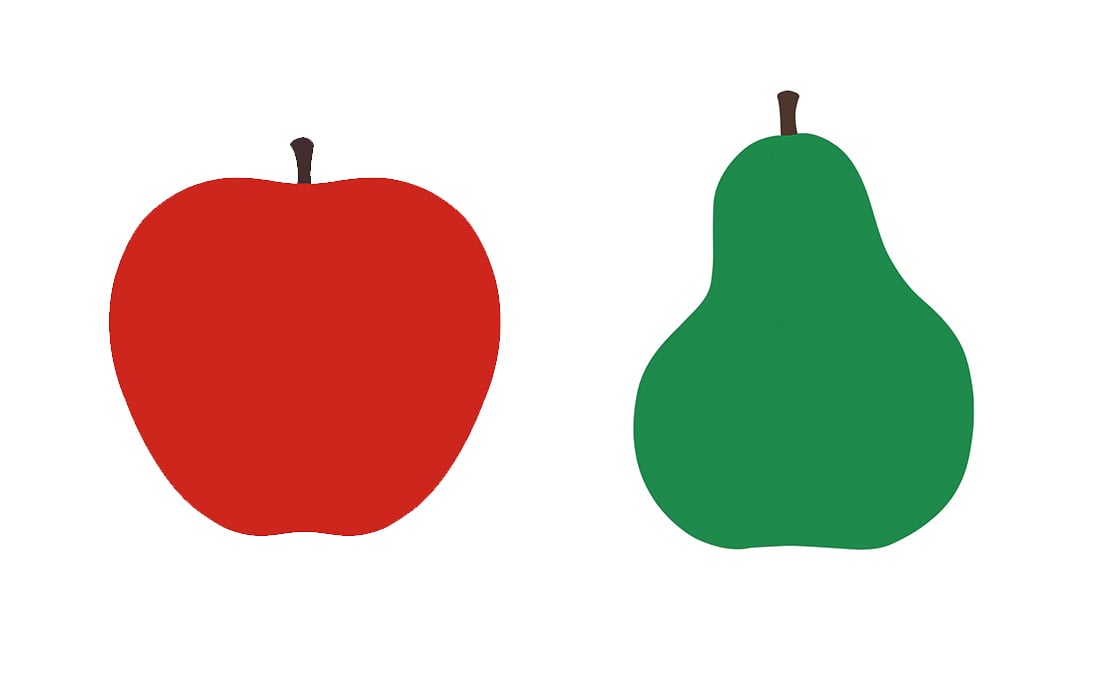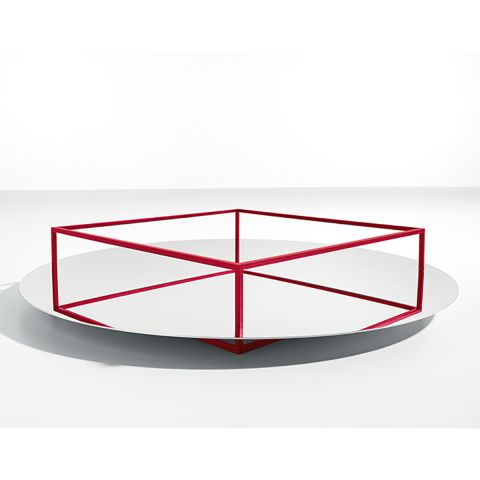Enzo Mari: a retrospective at the Design Museum

In the ever-evolving landscape of design, there are certain luminaries that come to mind that have influenced design history with their visionary approach and unwavering commitment to making. Among these trailblazers, Enzo Mari emerges as an important figure, revered for his profound impact.
Throughout a career that spans over six decades, Mari's oeuvre encompasses an array of disciplines, ranging from furniture and industrial design to graphic art and conceptual installations. Yet, underlying his vast body of work is a consistent emphasis on simplicity, functionality and a profound respect for materials.
We paid a visit to the recently opened Enzo Mari retrospective at the Design Museum, which offers a captivating journey through the career of the designer.

Showcasing hundreds of Mari's works spanning furniture, industrial design, graphic art, and conceptual installations, the exhibition provides a comprehensive overview of his impact on the world of design.
 |  |
Enzo Mari was born on 27 April 1932, in Novara, northwest Italy. His early years were marked by a passion for art and design, leading him to pursue studies at the Brera Academy of Fine Arts in Milan, where he began experimenting with the effects of colour, form, depth and perception – first in paintings, and then in three-dimensional works. Seen below is an early sculpture of his featured in the exhibition.

In the early 1950s, Mari embarked on his professional journey, initially working as a graphic artist before transitioning to furniture and industrial design. His early collaborations with leading Italian design firms, including Danese Milano, helped establish his reputation as a rising talent. Seen below is the Ameland Letter Opener, Citera Desk Box and the Ventotene Pencil and Paper Tray, all of which are still produced by Danese, and form a part of our accessories range.

| 
|
Amongst his first projects were games and books for children. Mari designed the ‘16 Animali’ (‘16 Animals’) puzzle in 1957, again produced by Danese. It consists of sixteen animals cut in one continuous line from a single piece of wood. They can be arranged into a puzzle or played with individually; their 3cm thickness allows them to be freestanding. Another of his games, ‘Il gioco delle favole’ (‘The fable game’), 1965, features six animals from classic fables. Without rules, the game encourages children to construct their own stories by interlocking the panels to create varying scenes. Seen below is the puzzle and game next to each other.

Mari was fond of the idea of making prints as an affordable art object, producing them in larger numbers and thus making them more accessible. Alongside his brother Elio, he turned subjects from ‘The fable game’ into high-quality, low-cost prints known as Serie della Natura (‘The Nature Series’). The final prints resulted from hundreds of drawings, until Mari was satisfied. Mari stated that ”it mustn’t be an apple, but rather the apple. It must be the concept of the apple”. These prints are instantly recognisable as Mari’s, and a number of them are still in production today, over half a century later. Pictured below are the prints on display at the exhibition, alongside his ‘indefinitely reusable calendars’.

Throughout the 1960s and 1970s, Mari's career progressed, especially in furniture design. His creations - characterised by clean lines, geometric forms and a minimalist aesthetic which retains a unique sense of character - captured the essence of post-war Italian modernism while exuding a timelessness that transcended passing trends. Seen below is the Tonietta chair, one of Mari’s designs for Zanotta, which in 1987 was awarded the prestigious Compasso d’Oro Award.
One of the most enduring threads to Mari’s legacy lies in his commitment to socially conscious design principles. Throughout his career, he remained firm in his belief that design should serve a greater purpose, addressing societal needs and promoting positive change. This ethos was exemplified in his seminal project ‘Proposta per un’autoprogettazione’ (‘Proposal for a selfdesign’) which sought to empower individuals to create their own furniture. He devised instructions for the self-design of nineteen models of furniture comprised of only wooden boards and nails and using the simplest carpentry techniques. Mari published them as a catalogue, available to any individual for the price of postage. Below is Chair P built from Mari’s catalogue, alongside some initial sketches.
 |  |
Of the project, he said: “In 1974, I thought that if people were encouraged to build a table, for example, with their own hands, they would be able to better understand the underlying thinking that has gone into it.“ Today this project is recognised as an important precursor to the open-source movement. The exhibition features a display plinth with miniature models of designs from autoprogettazione.

As Mari's career proceeded, his work continued to evolve, embracing new challenges and pushing the boundaries of design innovation. In 2011, he was awarded the prestigious Compasso d'Oro Lifetime Achievement Award in recognition of his profound contributions to the field of design.
This retrospective of Mari’s work is vast, demonstrating his influence on the design world in a great way. The end of the exhibition features a light installation ‘zoo di Enzo’ (‘Enzo’s zoo’), 2020 by Nanda Vigo, artist, designer and architect. The neon installation, created shortly before her death, reinterprets Mari’s ‘16 animals’ and ‘16 fish’ puzzles.

Alongside the exhibition is an accompanying show ‘Grazie Enzo’, which reiterates Mari’s influence by displaying contemporary responses to his work by fourteen London-based designers, studios and collectives whose practices share an affinity with Mari's.
‘Enzo Mari’ and ‘Grazie Enzo’ both run until 8 September 2024 at London’s Design Museum. We would highly recommend a visit to this inspiring show.












